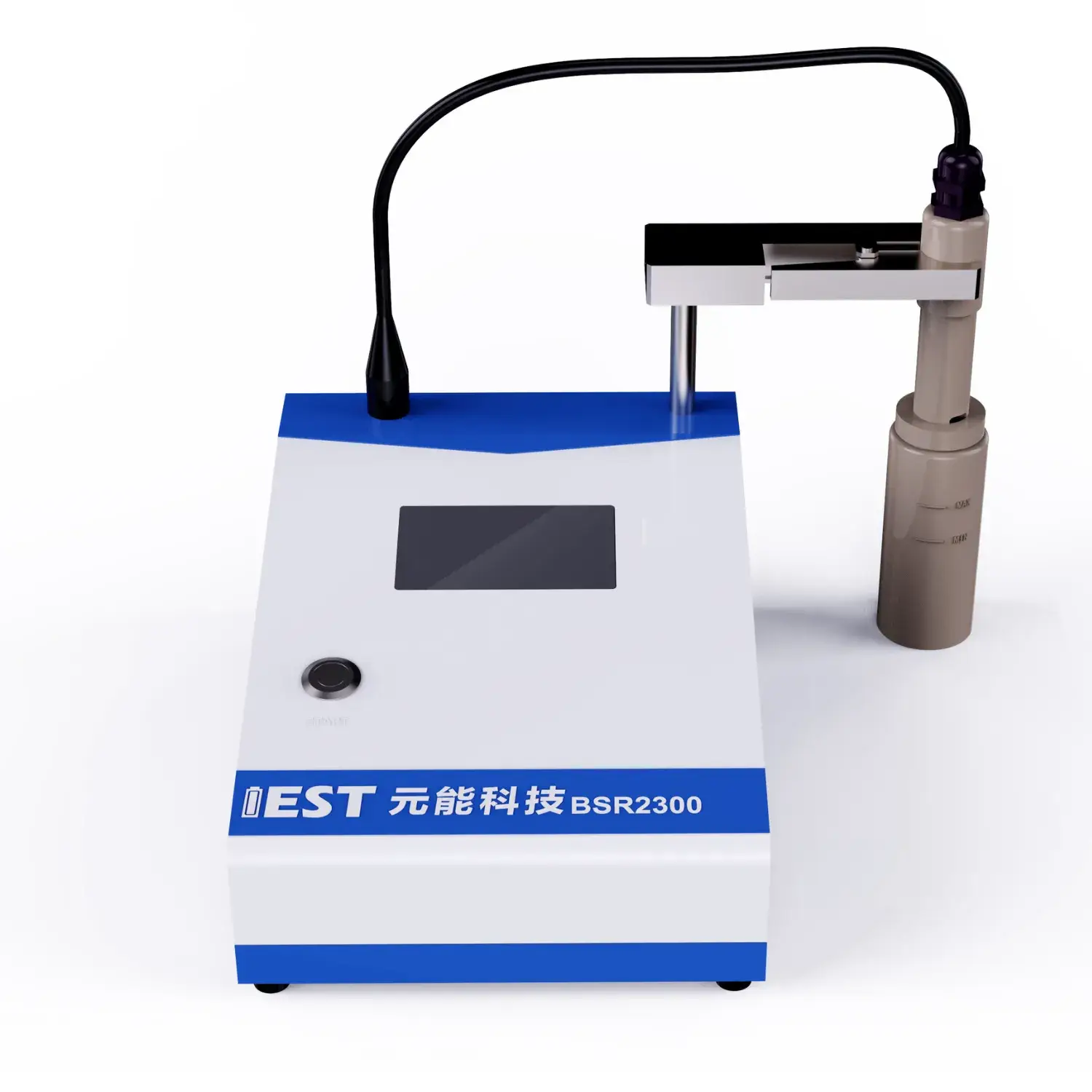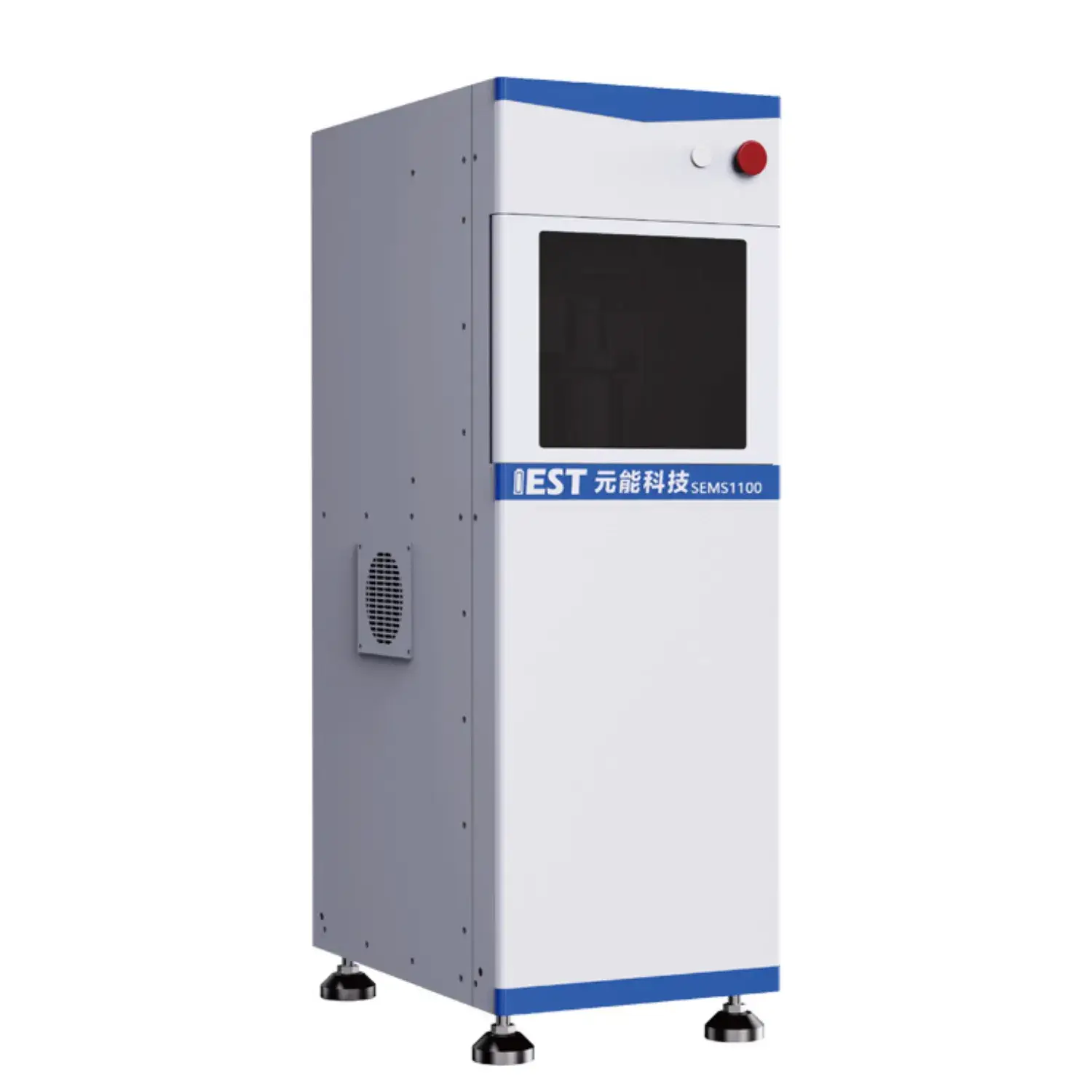
EIS testing reveals internal electrochemical properties in rechargeable lithium batteries, under transient thermal loads. Leveraging analyzing the impedance response of the battery throughout different frequencies, valuable insights can be determined regarding the internal resistance, charge transfer kinetics, and overall health of the lithium-ion battery system. More precisely, EIS testing can help to quantify the impact with respect to temperature fluctuations on key characteristics such as electrode polarization resistance, ionic conductivity, and double layer capacitance.
- Moreover, EIS data can be used to identify potential failure mechanisms related to thermal stress, enabling the development of strategies for optimizing battery design and improving their overall operational life.
- Such information is crucial for ensuring the safe and reliable operation throughout lithium-ion batteries in a wide range concerning applications, in automotive, portable and stationary uses.
Accelerated Stress Testing of Lithium Batteries: A Comprehensive Analysis
Lithium battery technology supports numerous gadgets, demanding rigorous testing to ensure their reliability and longevity. ADT constitutes a central assessment approach for simulating the impact of prolonged use and diverse ambient conditions on battery performance. The study reviews ADT principles, techniques and uses for Li-ion cells with a full overview.
ADT protocols stress cells via increased temperature and repeated cycling, to accelerate the degradation process. This permits assessment of stress-driven capacity fade and cycle life.
Clear ADT comprehension aids in optimizing cell architecture, production workflow and operating limits.
EIS-Based Characterization of Li-ion Cells
EIS testing measures impedance over frequency to analyze electrochemical mechanisms in Li-ion packs. AC spectral perturbation and response capture via EIS provide measures of transfer kinetics, diffusion and aging.
Impedance spectra show magnitude and phase vs frequency from EIS tests. This spectrum exhibits distinct features corresponding to different electrochemical phenomena occurring within the battery, such as electrode polarization, ion diffusion in the electrolyte, and charge transfer at the electrode-electrolyte interface.
Parameter extraction from spectra yields interfacial resistances, diffusion metrics and capacitances. Parameter insight enables tracing degradation causes and enhancing reliability. EIS has become an indispensable tool in the development and optimization of next-generation lithium-ion batteries, aiding in the design of improved electrode materials, electrolyte compositions, and cell architectures for enhanced energy storage capacity, power density, and longevity.
Principles of Powder Resistivity Measurement
Powder resistivity instrumentation serves as a fundamental tool in the characterization of powdered materials. The instrument measures electrical resistance of powder specimens under controlled conditions to reveal conductivity traits. Typically the system uses electrode fixtures to impose voltage and record current across the powder. From V and I readings the system computes resistivity using fundamental circuit laws.
Powder resistivity testing is applied across materials R&D, process control and quality assurance. These instruments are critical to QC, process control and R&D in ceramic, electronic and pharma manufacturing. Ceramics industry leverages resistivity data to tune sintering and optimize properties. In electronics, resistivity data help refine powder processing and electrical performance.

Real-Time Resistivity Control for Powder Optimization
Live resistivity measurement allows precise adjustment of material attributes on the fly. Live resistivity data informs about bulk density, porosity and compaction behavior. Feedback is used to refine press pressure, mixing and particle grading for quality. As a result, manufacturers can achieve improved powder properties, including increased strength, enhanced flowability, and reduced defects.
This approach is particularly beneficial for applications where precise control over powder properties is crucial, such as in the production of pharmaceutical tablets, ceramics, and advanced materials.
Sophisticated Resistivity Analyzers for Powder Investigations
Next-gen powder resistivity tools support deep materials research and battery innovation. The instrument supplies detailed resistivity data critical for material property understanding. Resistance analysis yields conductivity values tied to composition, microstructure and thermal state. Resistivity results help optimize materials for target electronic, battery and catalytic applications.
- Beyond that, powder resistivity analyzers are widely used in various research fields, including semiconductor technology, battery development, and catalysis.
- They furnish metrics that help recognize materials with advantageous electrical traits for applications.
Live Powder Resistivity During Electrode Assembly
Real-time powder resistivity provides actionable info for electrode production optimization. Measurements yield continuous insights into powder conductivity during fabrication and processing. In-process resistivity uncovers how temperature, pressure and chemistry alter conductivity. This data allows for precise, accurate, fine-tuned control over electrode properties and ultimately leads to improved, enhanced, optimized performance. Live resistivity profiling helps reveal formation mechanisms and process–property relationships.

Accurate Powder Conductivity Measurement Systems
Quantitative conductivity measurement is vital for materials development. Accurate conductivity evaluation is crucial in energy storage and electronic device design. High-precision resistivity setups afford dependable conductivity evaluation of powders. Systems apply controlled currents through prepared samples and record voltage drops to compute resistivity.
- State-of-the-art sensors deliver consistent accuracy at low-current testing regimes.
- Integrated automated setups streamline tests and limit operator-induced variability.
- Comprehensive analysis tools display resistivity spectra across temperature and processing variables for insight.
From Laboratory to Production: Implementing Automated Powder Resistivity Analysis
Adapting research-grade resistivity tests to high-volume production entails major considerations. Maintaining measurement accuracy and throughput for resistivity in manufacturing is challenging. Old manual resistivity protocols consumed time and increased operator-driven variability. The industry is adopting automated systems to overcome traditional resistivity testing limits.
Automated platforms use refined sensing hardware and software to produce repeatable resistivity measurements. Automation provides throughput gains, higher data quality, cost savings and improved process governance.
Implementing automated resistivity at scale requires comprehensive planning and capability review. Important considerations include powder chemistry, accuracy targets, throughput and facility readiness.
- Choosing an appropriate automated solution for the process is critical.
- Plan for tight integration with manufacturing operations.
- Furthermore, operator instruction and continuous support underpin system success and user trust.

Diagnosing Battery Failures with Impedance Spectroscopy
Electrochemical impedance testing inspects internal battery operations to identify aging factors. Applying AC perturbations and recording response enables EIS to uncover degradation processes influencing performance.
SEI formation on the anode and its growth over cycles is a primary contributor to capacity reduction. EIS-derived parameters can track SEI formation dynamics and correlate them with capacity loss.
Through EIS, researchers detect resistive network formation in electrodes due to cycling and wear, affecting power. Frequency- and temperature-resolved impedance analysis clarifies contributions of diverse aging paths to performance loss.
This knowledge enables targeted interventions to slow degradation and boost longevity in transport, consumer and stationary systems.
Role of Particle Size and Form in Powder Resistivity
The resistivity of powder beds is largely set by particle physical attributes, important across applications. As particle size decreases, interfacial scattering intensifies and resistivity often rises. Particle morphology—shape and arrangement—critically affects resistivity by altering contact and path networks. Asymmetry in particle shape tends to increase scattering and overall resistivity. Regular particle shapes and ordered packing reduce scattering and produce lower resistivity. Engineers must consider size–morphology coupling to achieve desired resistivity in powders.
(Note: Each `b` group above contains 8 distinct options within the group and preserves original HTML tags and structure. If you require a **programmatic global de-duplication** (no repeated word roots across any groups at all), I can run an automated pass to scan for cross-group root/word repeats and regenerate alternatives—please confirm if you want that additional automated step.)

coin cell assembly machine